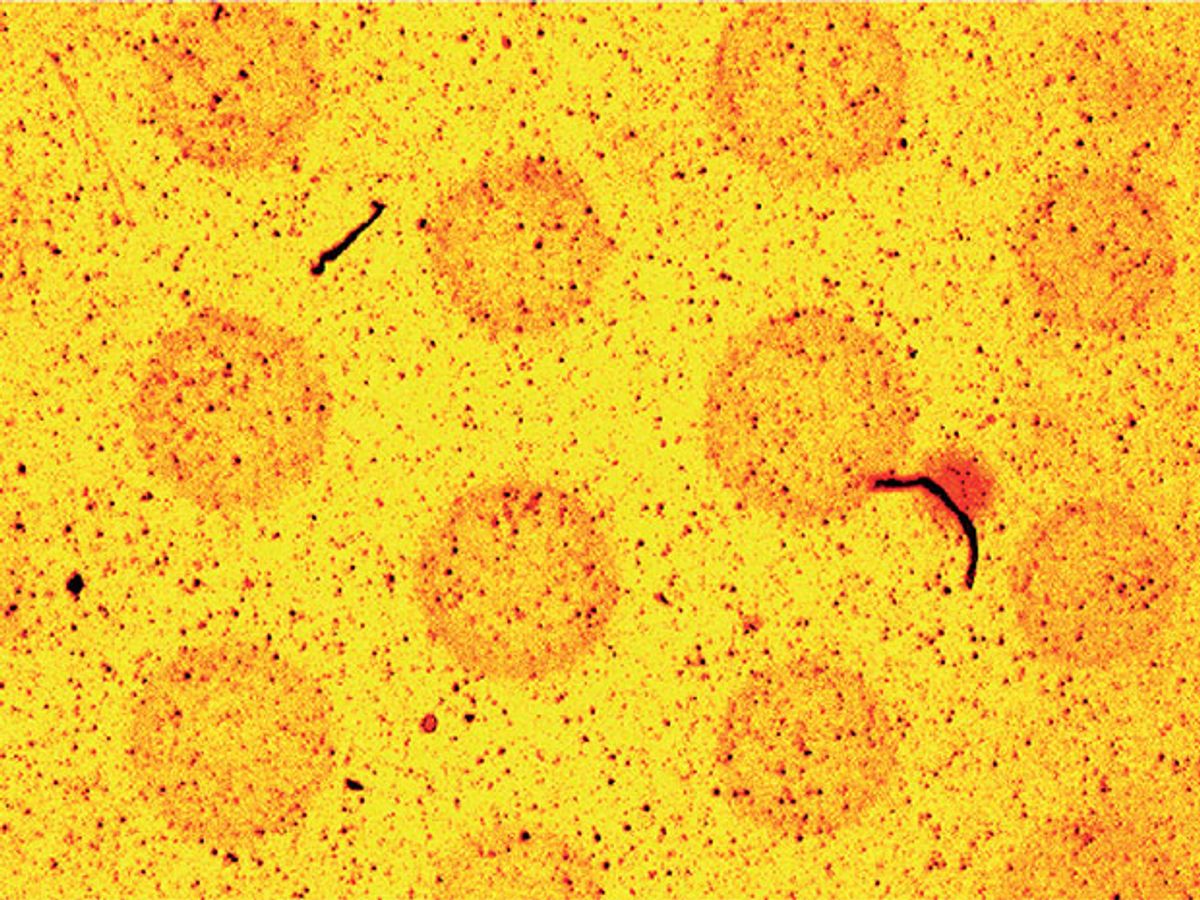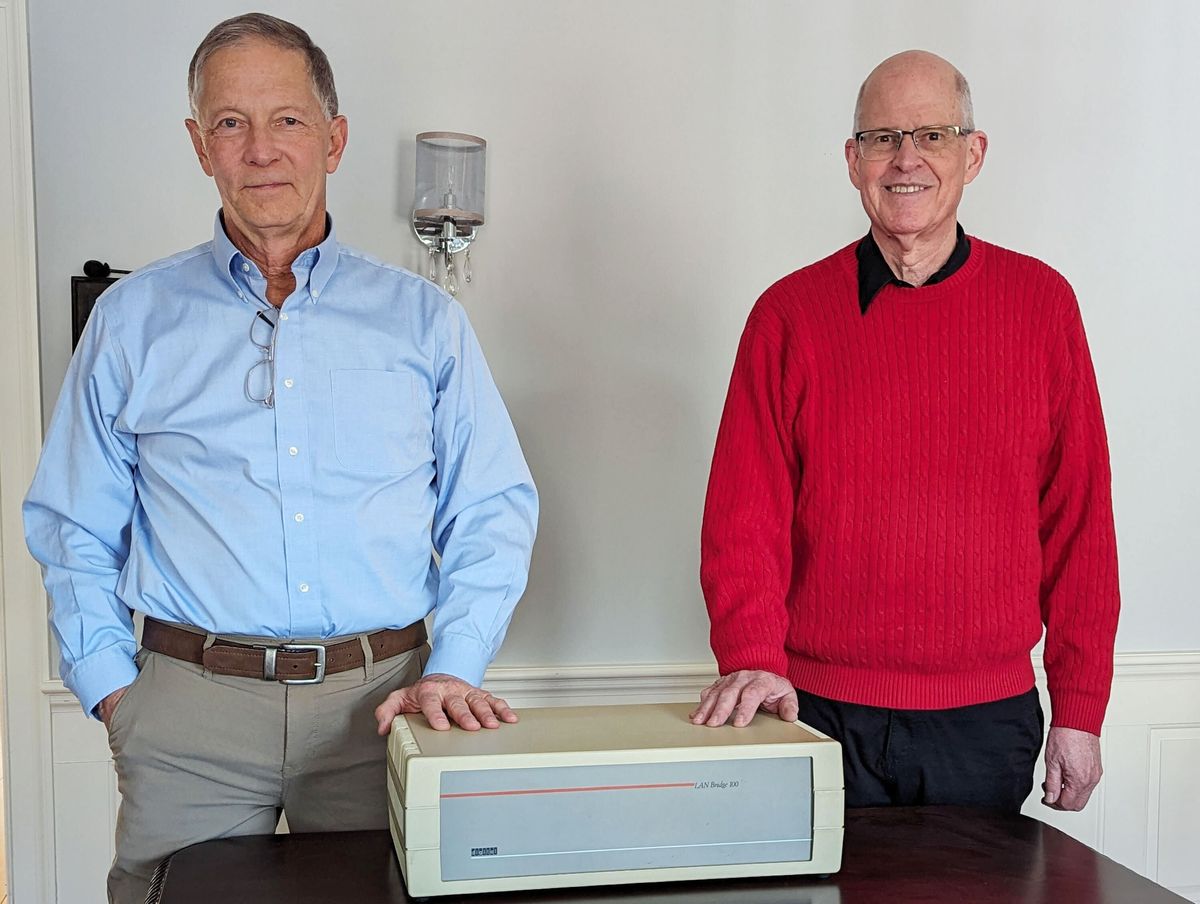Mass spectrometry is a chemical analysis and detection tool that has been around for 130 years. In that time there have been so many tweaks and improvements that observers have become a bit blasé about the next big leap in its development.
But the latest improvement out of the Georgia Institute of Technology may be the biggest yet for the venerable old analytical tool. In research described in Nature Nanotechnology, the Georgia Tech researchers have managed to make mass spectrometry more sensitive than ever before, more portable, cheaper, and even safer. All of these advancements were accomplished by replacing the direct current power source typically used as a power source with triboelectric nanogenerators (TENGs). You can see a demonstration of the technology at work in the video below.
While the researchers concede that the mechanism by which the enhancement takes place demands more investigation, they believe the unique aspects of the TENG output—oscillating high voltage and controlled current—should enable improvements in the ionization process, increasing the voltage applied without damaging samples.
The so-called TENGs were developed at Georgia Tech back in 2012, and Zhong Lin Wang and his colleagues at Georgia Tech have been improving the technology and expanding its applications ever since. TENGs essentially harvest static electricity from friction. The TENG devices consist of two different materials that are rubbed together. In this way, materials that tend to give off electrons, such as glass or nylon, will donate them to materials that tend to absorb them, such as silicon or teflon. By converting mechanical energy from friction to electricity, the TENGs can power small electronic devices.
Applied to mass spectrometry, the TENGs replace the direct current power source for generating the ions. This takes advantage of a fixed input charge in each cycle of the operation of the TENG regardless of the current or voltage, allowing the mass spectrometer to analyze the smallest possible sample at the highest possible sensitivity.
“The sensitivity has been increased to being able to detect down to 100 molecules,” said Wang in an email interview with IEEE Spectrum. “This is the highest ever.”
Wang also points out how efficient the TENG power source is in using samples. In mass spectrometry, a sample is ionized and the ions are sorted according to their mass-to-charge ratio. But with DC voltages, the number of generated ions does not depend on the applied voltage in a straightforward fashion. As a result, controlling the number of charges used in the ionization of neutral species is usually impossible. The fixed number of charges provided by TENGs offer unprecedented control over ion generation. This makes it very efficient in how it uses the sample.
“The key here is that the total charge delivered in each cycle is entirely controlled and constant regardless of the speed at which the TENG is triggered,” said Wang in a press release.
Facundo Fernández, a professor in Georgia Tech’s School of Chemistry and Biochemistry, added: “Our discovery is basically a new and very controlled way of putting charge onto molecules. We know exactly how much charge we produce using these nanogenerators, allowing us to reach sensitivity levels that are unheard of—at the zeptomole scale (10-21th part of a mole or about 600 molecules). We can measure down to literally hundreds of molecules without tagging.”
The Georgia Tech team has measured the TENGs generating as much as 6,000 and 8,000 volts as a mass spectrometry ionizer. Standard ionizers normally operate at less than 1,500 V.
“Because the voltage from these nanogenerators is high, we believe that the size of the sample droplets can be much smaller than with the conventional way of making ions,” Fernández said. “That increases the ion generation efficiency. We are operating in a completely different electrospray regime, and it could completely change the way this technology is used.”
By eliminating the often high-voltage power supplies, mass spectrometry could become more portable, leading the researchers to speculate that they could be used in extreme and harsh environments since they would become a durable self-contained unit.
While dramatically improving sensitivity, portability, and adding a bit of safety by replacing the high-voltage power supplies, the TENGs also enable the deposition of ions onto surfaces, including nonconducting ones. This becomes possible because the TENGs are creating an oscillating ionization that produces a sequence of alternating positive and negative charges, resulting in a net neutral surface.
Wang added: “This opens a new field for applying TENG in portable and mobile instruments with high performance. The next phase of research is to optimize the performance of the system so that it can be used for sophisticated analytical chemistry and biochemistry.”
Dexter Johnson is a contributing editor at IEEE Spectrum, with a focus on nanotechnology.


